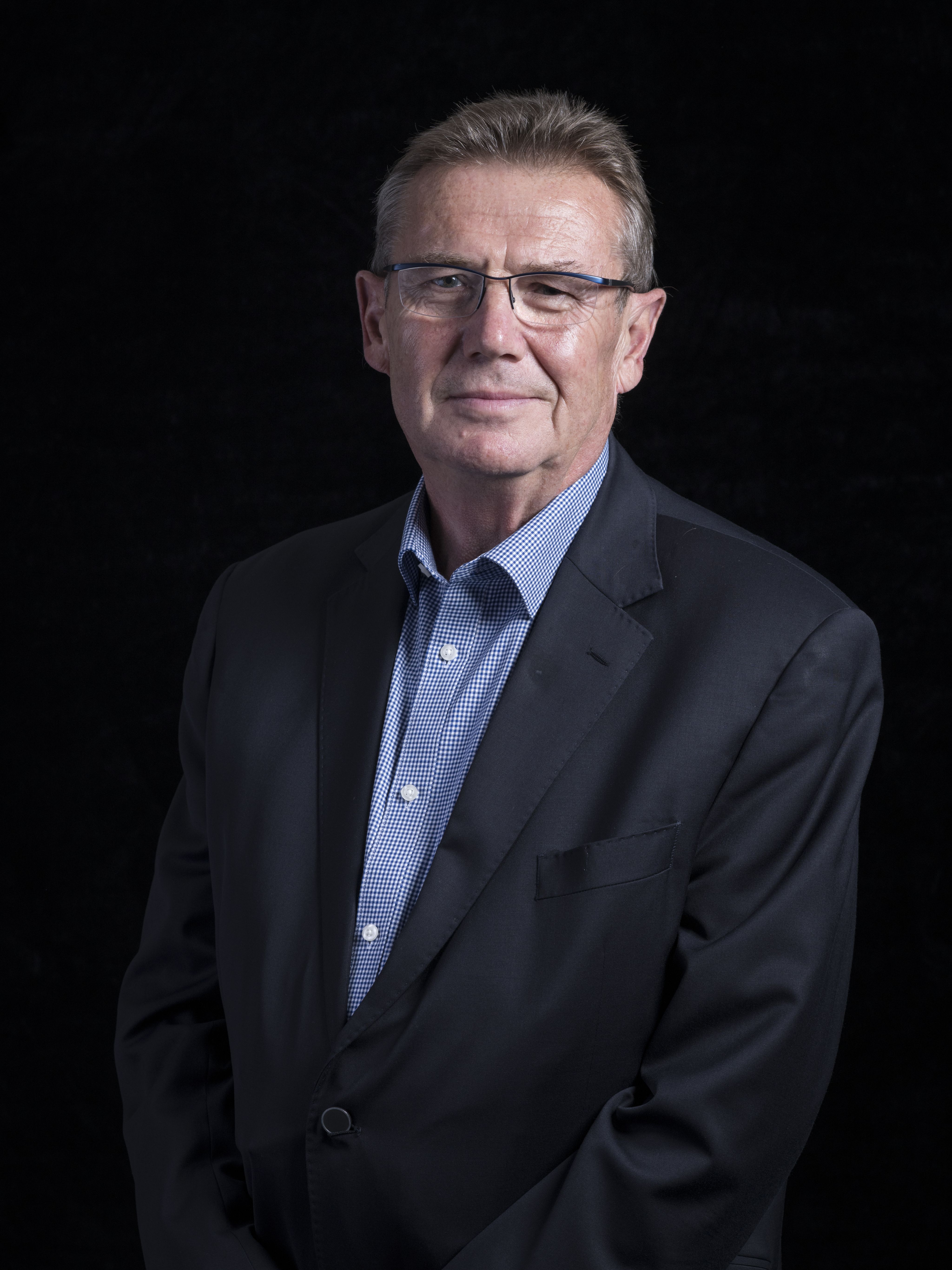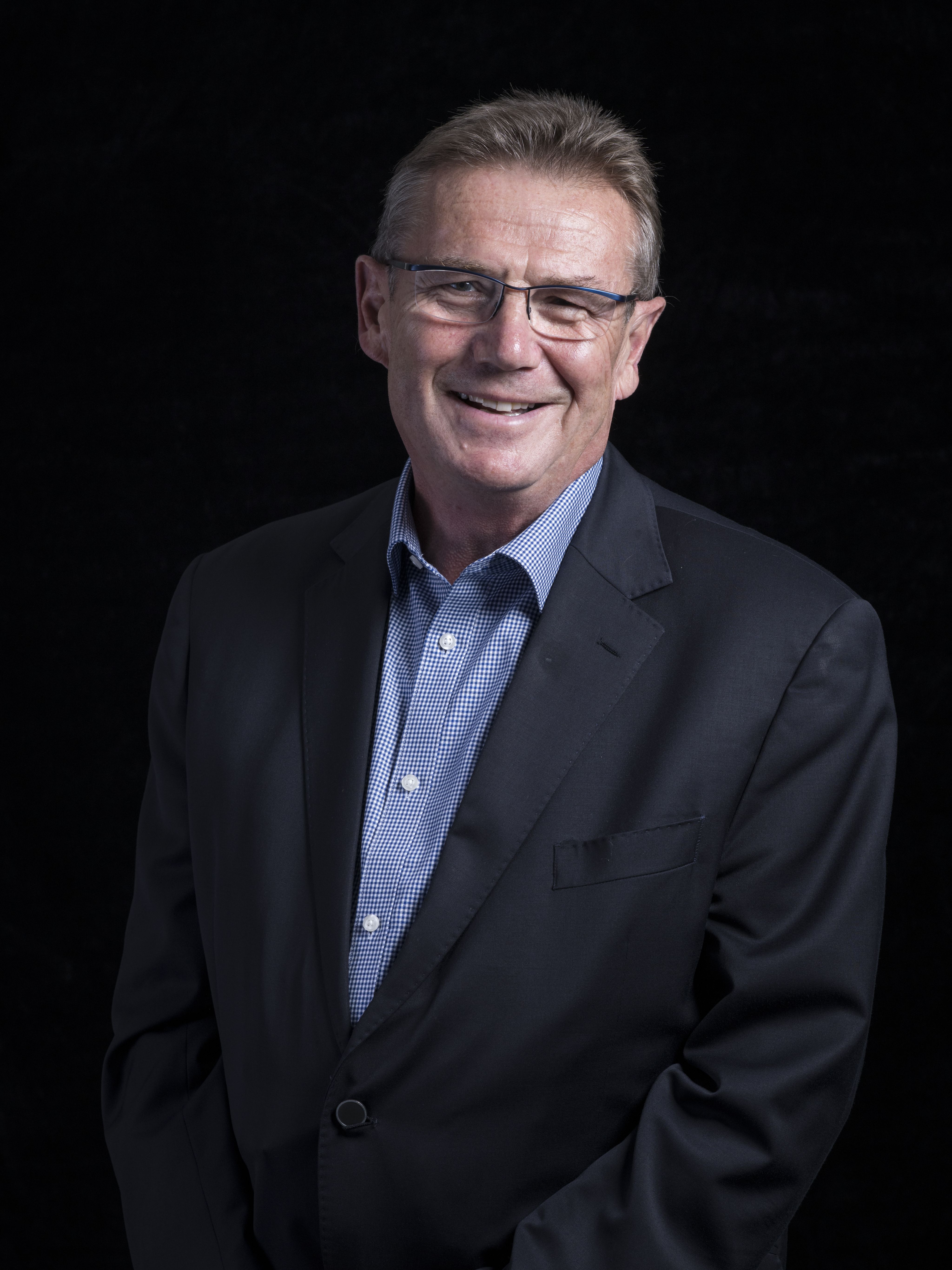In search of a good night's sleep
by Dalitso Njolinjo

We are the only species on the planet that extends its day using artificial light.
We have all been guilty of lying awake at night, scrolling aimlessly on our favourite social media applications.
But that light and that activity wreak havoc on our circadian rhythm - our internal biological clock. And that damage to our rhythm and our sleep impacts every aspect of our lives.
A sleeping giant
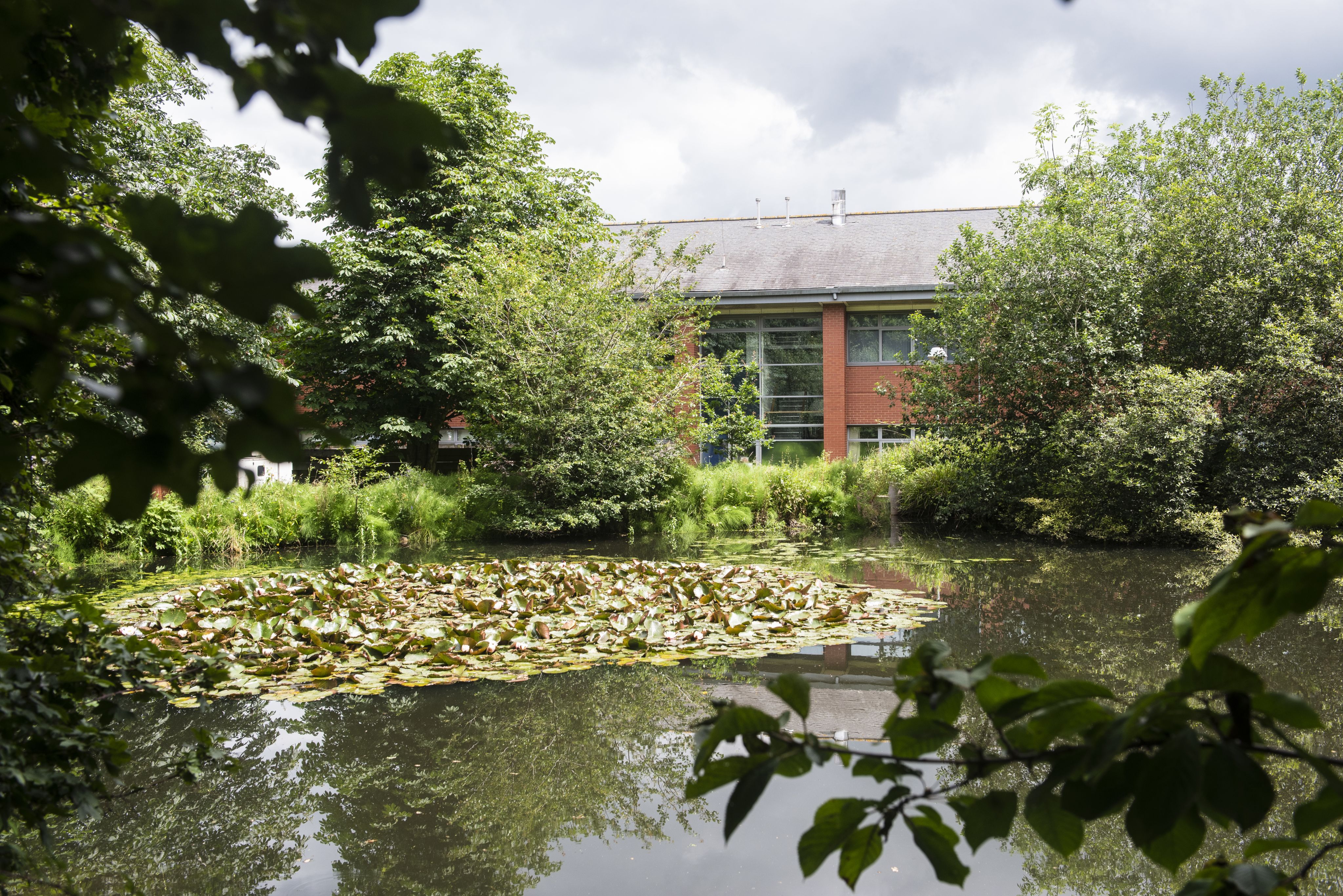
Tucked away in an inconspicuous building in Guildford, Surrey, lies one of the world's leading centres of expertise in sleep and its impacts on human health.
Across the road from the sprawling Royal Surrey County Hospital, alongside the Leggett Building, home to some of the University of Surrey's bioscience teaching and research resources, and a stone's throw from the Surrey School of Veterinary Medicine, a £45m facility opened by Queen Elizabeth II – the Clinical Research Building is home to the Surrey Sleep Research Centre.
For nearly 20 years, the Surrey Sleep Research Centre has been home to a forward-thinking team of physiologists, molecular biologists, neuroscientists, psychologists and engineers. Even with a broad, in-house multi-disciplinary team, the Surrey Sleep Research Centre has relentlessly sought partnerships with scientists that operate outside of the health sciences arena, including mathematicians, artificial intelligence experts, and biomedical engineers, to get to the bottom of the eternal question of why and how we sleep.
Professor Derk-Jan Dijk
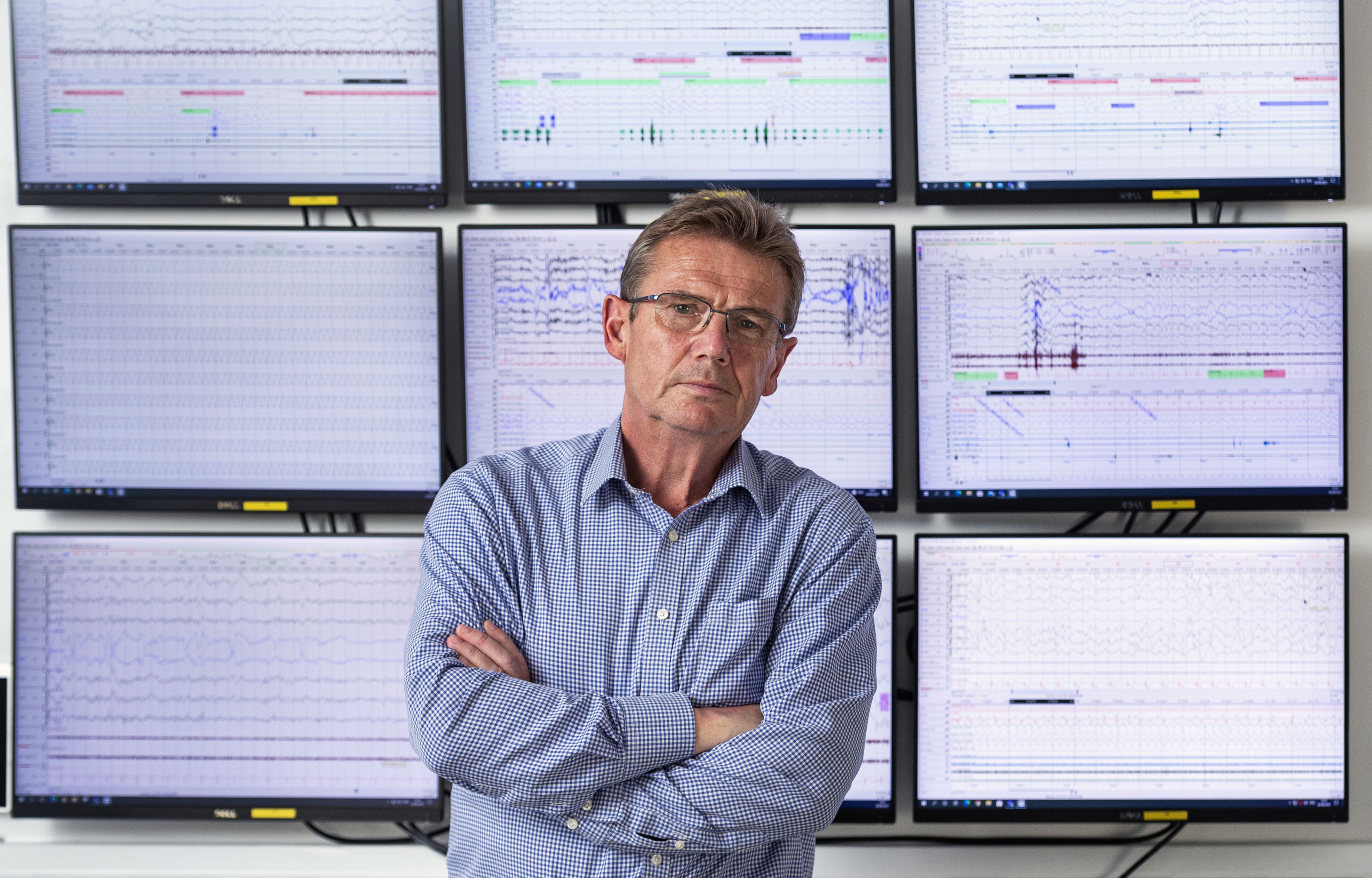
Derk-Jan Dijk has been ‘obsessed’ with sleep for more than 35 years. It is a journey which has taken him from his native Netherlands and has involved stops in Switzerland (University of Zurich) and America (Harvard Medical School), all in search of knowledge that could help uncover the secrets behind sleep.
Of course, his passion for understanding more about sleep and its relation to our biological rhythms led him to establish the Surrey Sleep Research Centre in 2003.
Since then, the Surrey Sleep Research Centre has spearheaded research that has contributed to our understanding of how circadian rhythmicity (our body clock), light, ageing, chronic stress, and hypnotics impact our sleep physiology and sleep quality.
The scope of the Centre's research is diverse, encompassing how digital technology and artificial intelligence can help monitor and detect changes to our sleep patterns; how sleep impacts brain function, including memory; and how insufficient sleep can impact people's physical and mental health.
We focus here on two fascinating areas where the Surrey Sleep Research Centre is leading advances in our collective knowledge of the power of sleep: how light, too little during the day and too much in the evening, can disrupt our sleeping patterns, and how sleep can contribute to our understanding of debilitating health conditions such as dementia, allowing scientists to create measures to protect human health and quality of life.

Light is both the solution and the problem

"Sleep research is a vibrant and exciting field, and it has been this way for a number of years, but there is no consensus on several fundamental questions," says Professor Dijk.
"For example, no one knows why we sleep. Indeed, no one understands what makes a good night's sleep. So I concluded very early on that if one wants to study sleep, and do it well, you have to bring other scientists from different fields along with you."
This collaborative ethos has seen Professor Dijk work closely with colleagues to help demonstrate the critical role of light in the sleep-wake cycle.
For example, his work with Anne Skeldon (pictured), Professor of Mathematics at the University of Surrey, has shown that exposure to light, even small amounts of artificial light, at the wrong time can have a devastating impact on how much sleep people get.
"I think we all severely underestimate how important the pattern of light and dark - day and night - is to our health," suggests Professor Skeldon. "My work with the Surrey Sleep Research Centre has consistently shown that we need bright light during the day, dim light in the evening and dark at night to sleep better, help us to get up in time for work or school without the need of an alarm clock, and keep our brains functioning properly."
A unique aspect of the work by Professors Skeldon and Dijk is that it provides a very strong theoretical and quantitative basis for light interventions and the design of optimal light-dark cycles. By combining mathematical models for the effects of light with empirical observations, specific recommendations for changes to light exposure patterns can be made.
"Many of us choose to spend our downtime in the evening on the sofa with our loved ones, perhaps watching our favourite binge-able show on a streaming platform or scrolling through the social network of our choice," said Professor Skeldon. "If at the same time we keep our house lights on low and turn down the brightness on the screens of our phones or tablets, then we will help our internal body rhythms, our sleep and our overall health. Changing the colours of our screens to be “warm” rather than “cool” will also help."
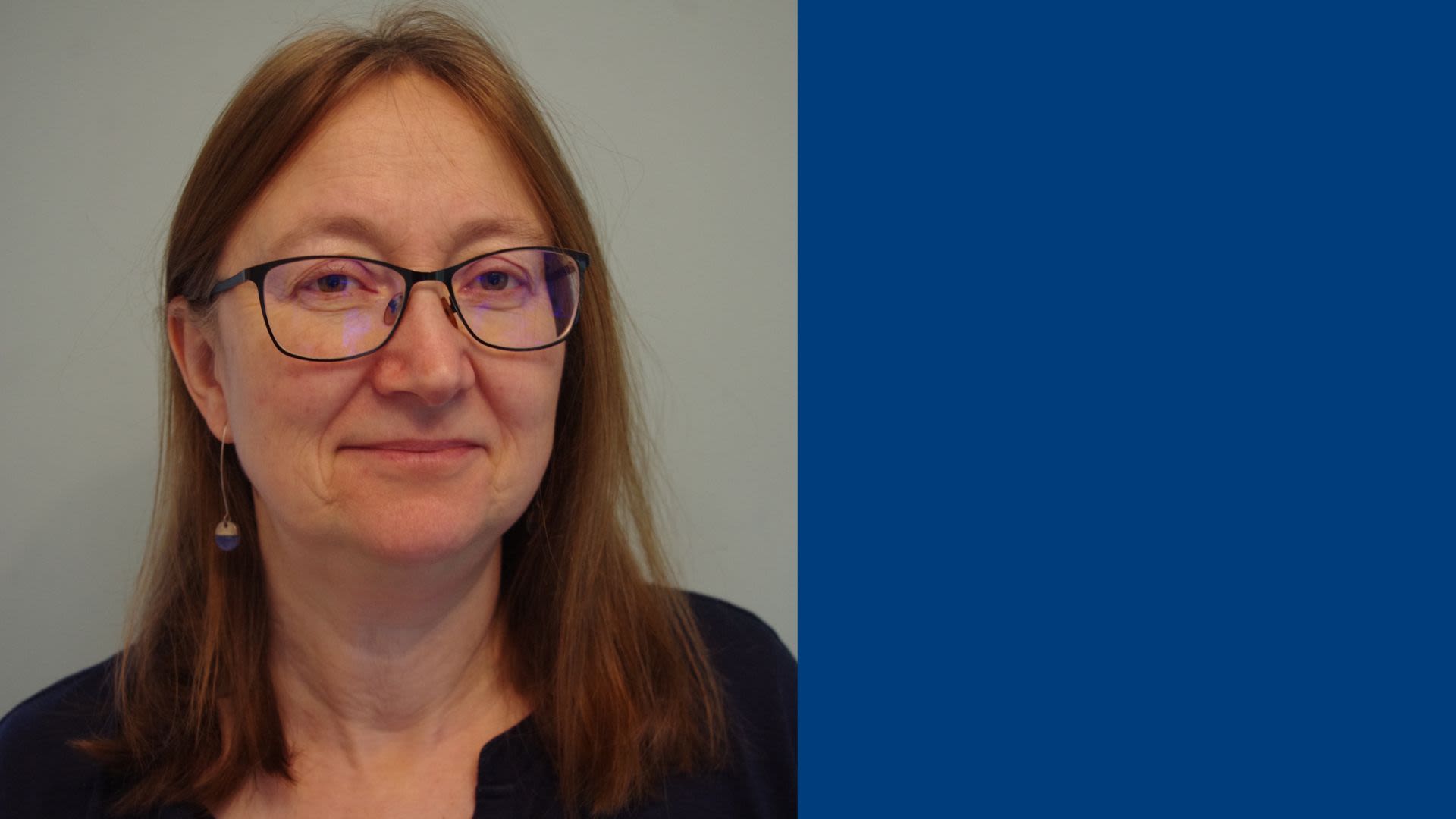

Health interventions
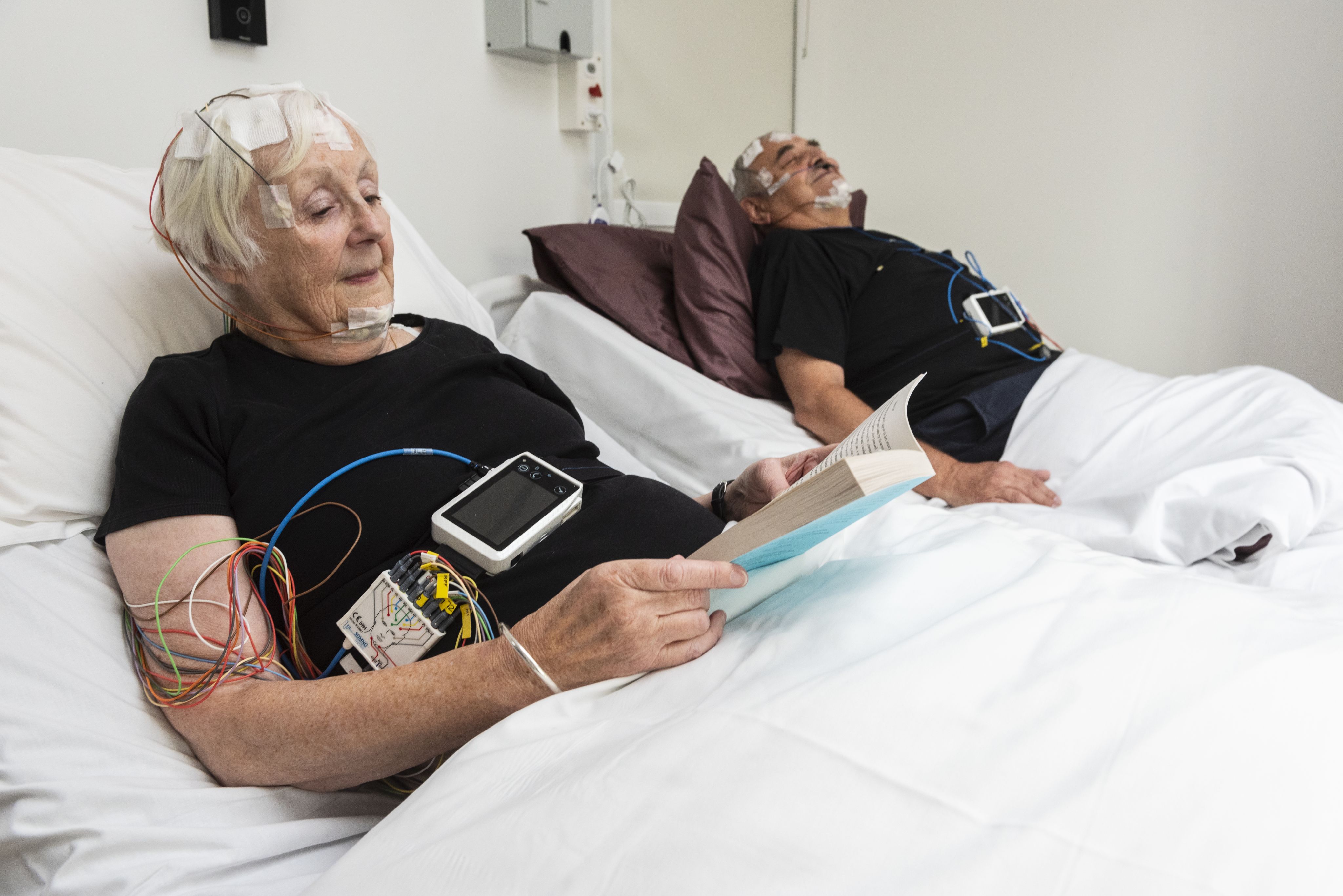
The knowledge acquired by the Surrey Sleep Research Centre will lead to new, cost-effective interventions – for example, practical recommendations aimed at helping people living with schizophrenia to manage sleep disturbances which appear to be driven by inadequate light exposure patterns.
“I believe the work we have done in collaboration with Drs Nick Meyer and Katharina Wulff to find new ways to help people with mental health conditions, especially those with schizophrenia, improve their sleep, is very important,” says Professor Skeldon. “We know that the timing of sleep can be altered in people living with a variety of mental health conditions. Poor sleep not only causes distress, and poorer quality of life but can also exacerbate mental health problems.”
One of the most prevalent ways we currently treat poor sleep in people living with schizophrenia and those with delayed sleep-wake phase disorder is to sit them in front of light boxes that give out bright light at specific times of the day. However, for maximum benefit, this method requires that people need to force themselves to wake up and sleep on a fixed schedule.
"We demonstrated that there is an easier, cheaper and more powerful way to help people with this condition get better sleep," explains Professor Dijk. "Based on data collected using various digital health technologies and Anne's mathematical models, we can design light interventions that help people achieve better sleep timing without imposing changes to their wake-up time."
"This is a less regimental, intrusive intervention that we hope will make a real difference to those living with schizophrenia and with other sleep and mental health disorders," Professor Skeldon adds.
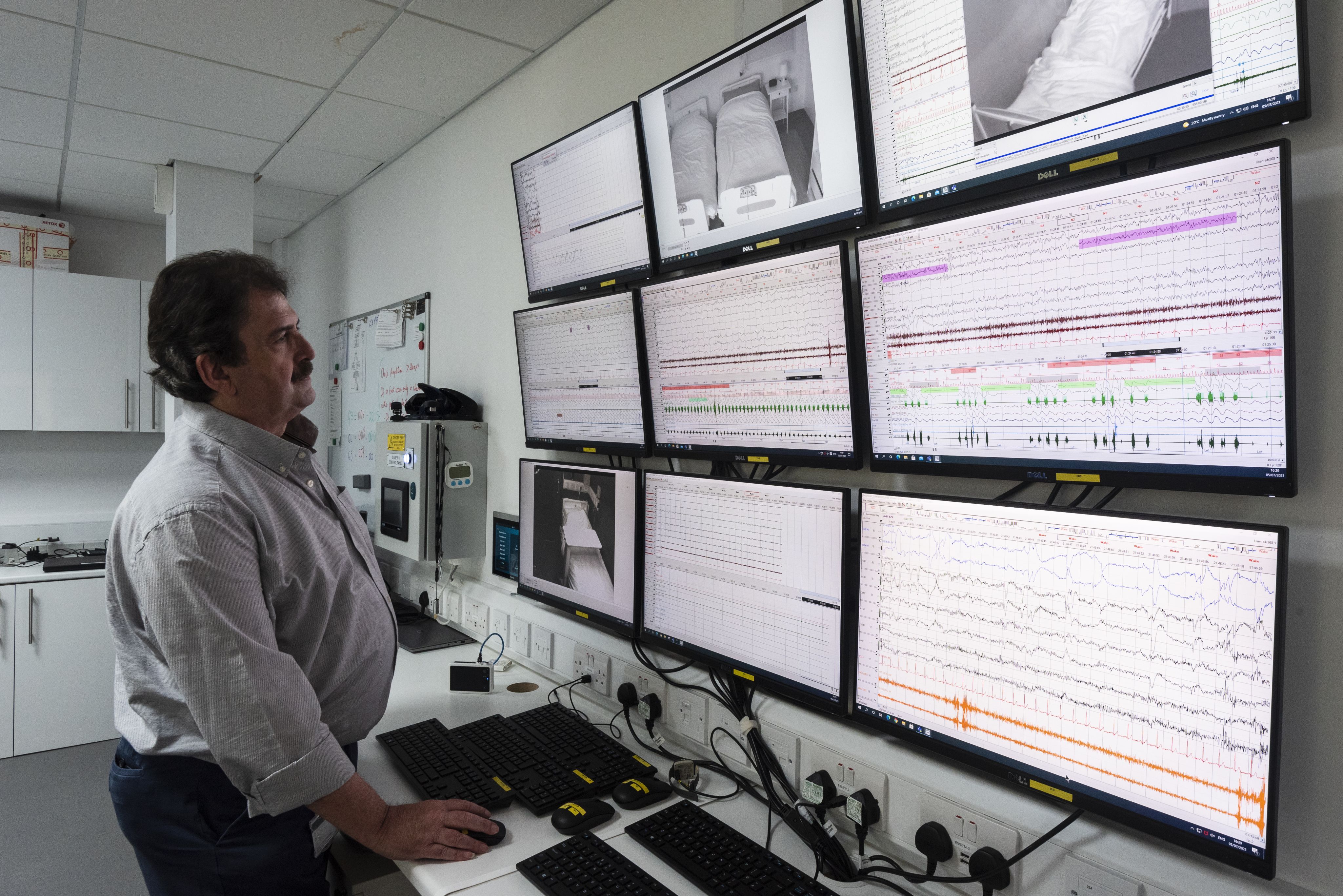
What comes next?
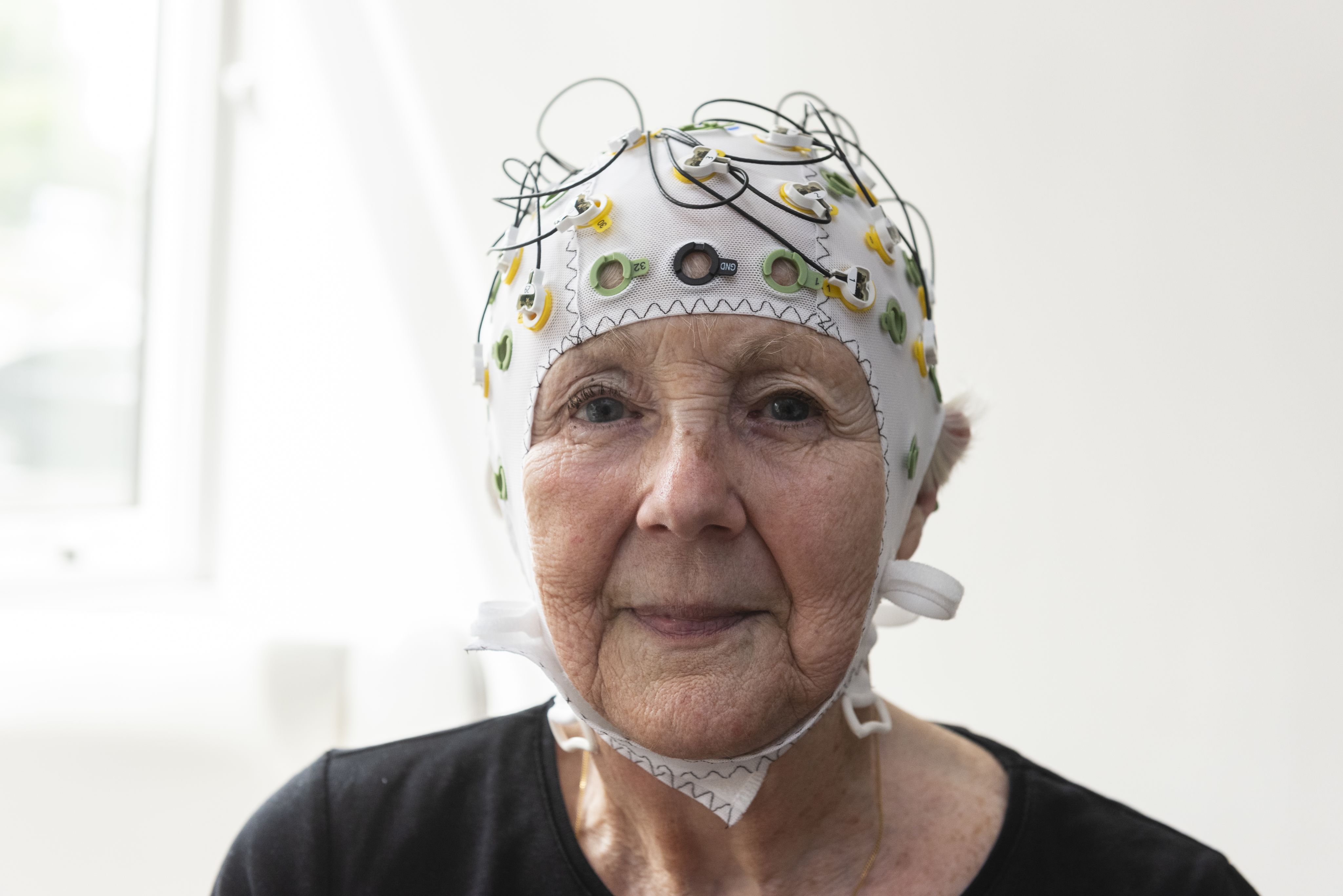
Since 2019, Professor Dijk and his team have been working with computer scientists and digital health experts to test and develop approaches to monitor sleep-wake and environmental cycles in people living with dementia who are still living independently in their own homes. The project, funded by the Dementia Research Institute, is a collaboration between Surrey and Imperial College London. The aim of the project is to better understand how sleep-wake cycles are altered in dementia and how they affect the lives of the people living with dementia and their caregivers.
"We truly believe the work we are doing here could allow people living with dementia to spend more valuable time with their loved ones," according to Professor Dijk.
"It sounds self-evident, but I believe sleep is key to human well-being. There is still so much to uncover when it comes to sleep," explains Professor Dijk. "There is still work to do."
Part of that work could involve the University of Surrey's new independent School of Medicine, which is expected to open its doors in 2024. Students will learn in a building that is only a short stroll away from the Clinical Research Building: the Kate Granger Building - a multi-million-pound facility equipped with a range of diagnostic and clinical resources similar to that found in NHS hospitals, including the state-of-the-art Surrey Clinical Simulation Centre.
"What excites me most about the new School of Medicine are the new possibilities for research collaboration," Professor Dijk explains. "This is the logical step forward not only for the Surrey Sleep Research Centre but for the University of Surrey itself."
"For years, the various research groups across our University have been consistently and impressively punching above our weight, but this new medical school can cement our place in the premier league of sleep science."
